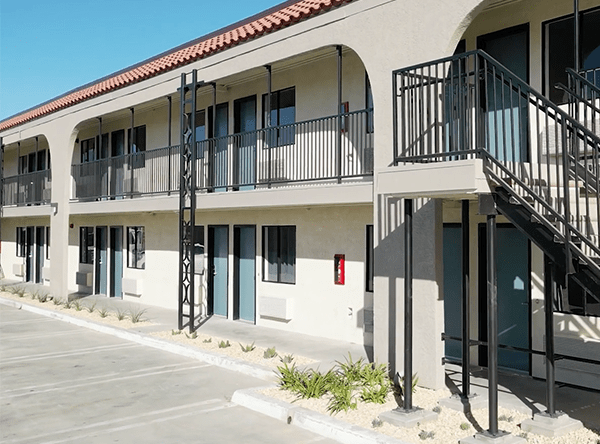Homelessness in Los Angeles County has declined for the second consecutive year, according to the latest data released by the Los Angeles Homeless Services Authority (LAHSA). The 2025 Homeless Count shows a 4% overall reduction, with unsheltered homelessness falling by an even more significant 9.5%. County officials attribute this progress to targeted investments, coordinated outreach, and sustained partnerships with local agencies.
“These numbers represent real progress,” said Los Angeles County Chair Pro Tem and First District Supervisor Hilda L. Solis. “For the second year in a row, Los Angeles County has seen a decrease in the homeless count. More people are indoors, receiving care, and taking steps toward long-term stability.”
Supervisor Kathryn Barger also welcomed the positive trend and credited several strategic programs with helping drive the results. “It’s encouraging to see that, for the second consecutive year, the annual homeless count reflects a decrease in homelessness across Los Angeles County,” Barger said. “This positive trend is a clear indication that our collective efforts are beginning to make a meaningful impact.”
Housing and Services Fuel Decline
Barger identified three critical factors behind the decrease in Los Angeles homelessness: sustained funding in housing and support services, strong partnerships with cities and nonprofit providers, and focused encampment resolution strategies. Programs such as the Pathway Home initiative have moved individuals directly from encampments into safe, interim housing with wraparound care.
Solis pointed to intensive work in high-need areas, including Skid Row and MacArthur Park. In Skid Row, nearly 3,000 people have entered interim housing under the Skid Row Action Plan, with over 1,600 progressing into permanent homes. The newly opened Skid Row Care Campus is now serving as a centralized access point for health care and housing services.
In MacArthur Park, the County’s Pathway Home operations helped 69 individuals transition off the streets. A similar effort in East Los Angeles moved 32 individuals into shelter. These initiatives have been bolstered by the MacArthur Park Care Collaborative, which aims to provide no-barrier access to services in partnership with community-based organizations.
First District Leads Local Solutions
Cities in the First District have continued to pilot new shelter and housing models. Montebello and Baldwin Park have established tiny home villages, offering dignified, transitional housing options. El Monte has leveraged California’s Homekey program to convert two hotels into long-term housing facilities. Pomona has expanded its Hope for Home Shelter to meet rising needs.
Over the past decade, more than 9,000 units of affordable housing have been created in the First District. Supervisor Solis has championed projects such as the Hilda L. Solis Care First Village, the Restorative Care Village, and the Skid Row Care Campus to increase housing supply and connect residents with supportive services.
“Our communities have demonstrated that local innovation can drive regional impact,” Solis said. “These results show what is possible when we work together with purpose and compassion.”
Continued Challenges Ahead
Despite the improvement, homelessness remains a crisis. More than 72,000 county residents are still unhoused. Barger called this figure “heartbreaking” and stressed the need to keep individuals and families at the center of all strategies.
“I remain fully committed to ensuring that Los Angeles County continues investing in innovative and compassionate solutions that deliver lasting, measurable results,” Barger said. She also expressed optimism that the new County Department of Homeless Services and Housing will help further coordinate resources and expand access to services.
Solis echoed the call for continued investment and collaboration. “I know that there is more work yet to be done,” she said. “But with the right tools, strong partnerships, and the continued investment of resources from Measure A, we can continue to make a lasting difference.”
Solis also thanked the thousands of volunteers who took part in the 2025 Homeless Count, whose contributions have shaped the data that guides policy and funding decisions.
Residents interested in learning more about county programs or volunteering can visit the Los Angeles Homeless Services Authority at www.lahsa.org.


